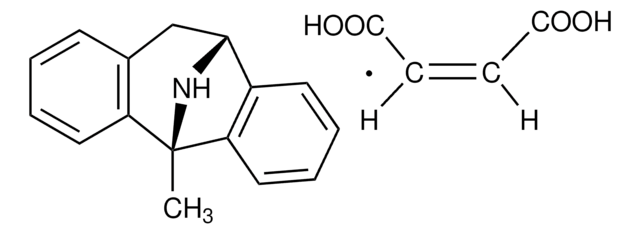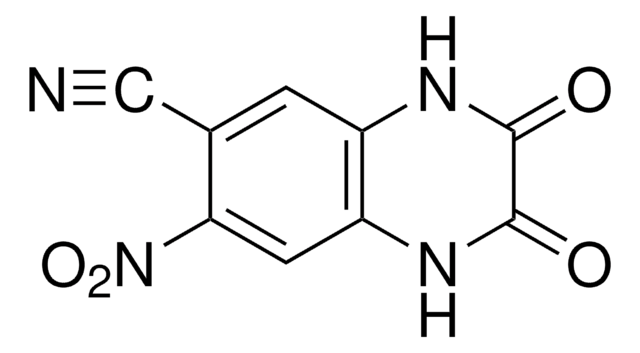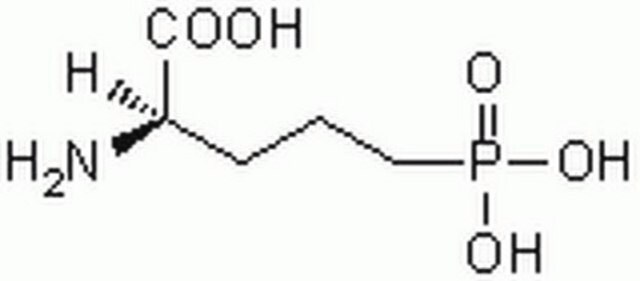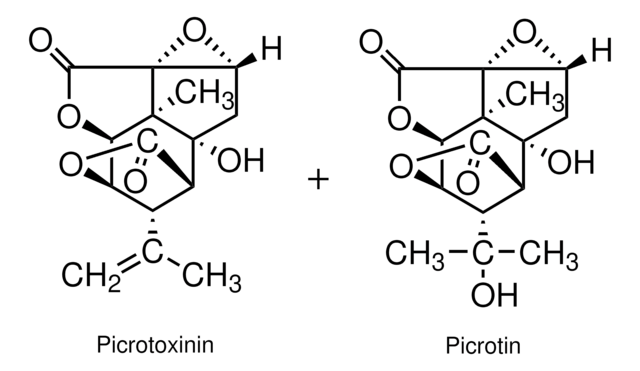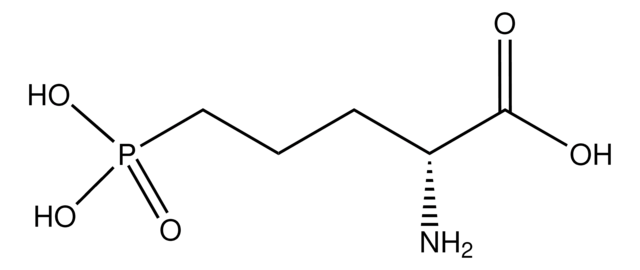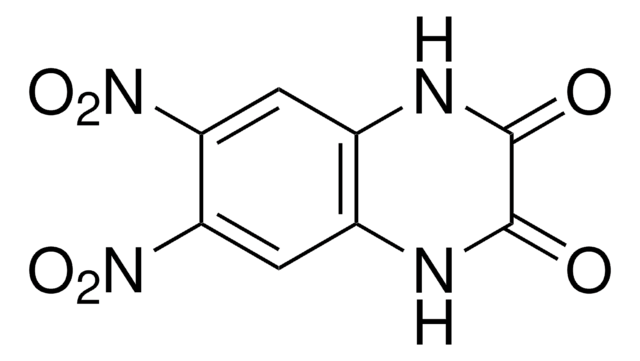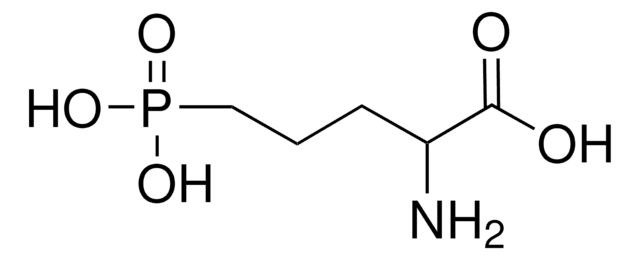ABN2251
Anti-phospho NMDAR2A (Ser1459)
Synonyme(s) :
GluN2A, Glutamate [NMDA] receptor subunit epsilon-1, Glutamate receptor ionotropic NMDA 2A, N-methyl D-aspartate receptor subtype 2A, NR2A, hNR2A
About This Item
Produits recommandés
Source biologique
rabbit
Niveau de qualité
Forme d'anticorps
purified antibody
Type de produit anticorps
primary antibodies
Espèces réactives
human
Conditionnement
antibody small pack of 100
Technique(s)
immunocytochemistry: suitable
western blot: suitable
Isotype
IgG
Séquence de l'épitope
C-terminal
Numéro d'accès Protein ID
Numéro d'accès UniProt
Informations sur le gène
human ... GRIN2A(2903)
Spécificité
Immunogène
Application
Evaluated by Western Blotting in lysates from wild-type HEK293T cells.
Western Blotting Analysis: A 1:1,000 dilution of this antibody detected NMDAR2A phosphorylated on serine 1459 in lysate from HEK293T cells, but not in lysates from cells transfected with S1459A NMDAR2A.
Tested Applications
Western Blotting Analysis: A representative lot detected phospho NMDAR2A (Ser1459) in Western Blotting applications (Wyklicky, H., et. al. (1988). Wien Klin Wochenschr. 100(7):208-10).
Immunocytochemistry Analysis: A representative lot detected phospho NMDAR2A (Ser1459) in Immunocytochemistry applications (Wyklicky, H., et. al. (1988). Wien Klin Wochenschr. 100(7):208-10).
Note: Actual optimal working dilutions must be determined by end user as specimens, and experimental conditions may vary with the end user.
Description de la cible
Forme physique
Reconstitution
Stockage et stabilité
Autres remarques
Clause de non-responsabilité
Vous ne trouvez pas le bon produit ?
Essayez notre Outil de sélection de produits.
Code de la classe de stockage
12 - Non Combustible Liquids
Classe de danger pour l'eau (WGK)
WGK 2
Point d'éclair (°F)
Not applicable
Point d'éclair (°C)
Not applicable
Certificats d'analyse (COA)
Recherchez un Certificats d'analyse (COA) en saisissant le numéro de lot du produit. Les numéros de lot figurent sur l'étiquette du produit après les mots "Lot" ou "Batch".
Déjà en possession de ce produit ?
Retrouvez la documentation relative aux produits que vous avez récemment achetés dans la Bibliothèque de documents.
Notre équipe de scientifiques dispose d'une expérience dans tous les secteurs de la recherche, notamment en sciences de la vie, science des matériaux, synthèse chimique, chromatographie, analyse et dans de nombreux autres domaines..
Contacter notre Service technique